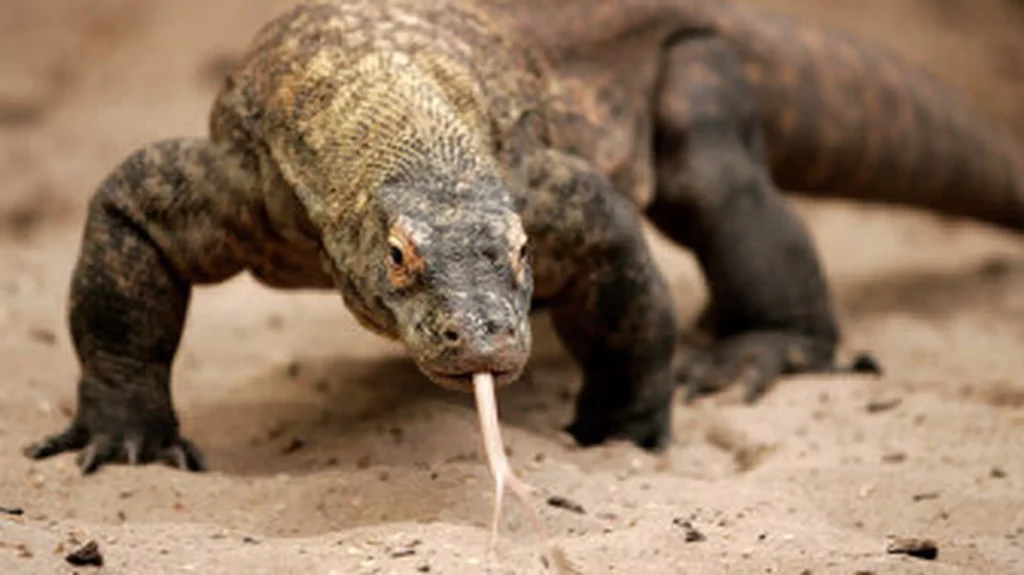Parthenogenesis, commonly referred to as virgin birth, has been brought back into the limelight when a recent case of a crocodilian was reported–a first.
Introducing a first
An American crocodile named Coquita has been in isolation for 16 years in a zoo in Costa Rica known as Parque Reptilanda, where she laid her eggs. Given the period of isolation and considering she had little to no chance of having interacted with male crocodiles, the eggs would normally be considered non-viable and discarded. Even so, after experts came in, they determined seven of her eggs could be viable and incubated them. Unfortunately, there was only one fully formed fetus that was stillborn.

One of its scales was sent to Dr. Warren Booth who has studied parthenogenesis for more than a decade. He confirmed that its genetic makeup was a 99.9% match to its mother, proving it a case of parthenogenesis. As much as such cases may take us aback, when it comes to the animal kingdom, virgin births are not as extraordinary as many would think.
More than 80 vertebrate species like sharks, lizards and snakes have been documented to have reproduced by parthenogenesis mostly in captivity. In small invertebrates like honey bees and wasps, it is not a surprise since they alternate between sexual and asexual reproduction.
Diving deeper into parthenogenesis
In order to understand this concept fully, one needs to take a deep dive into biology. First, the scientific term parthenogenesis has Greek origin meaning Virgin Creation or Origin. This is where an embryo develops from an unfertilized egg cell.

Charles Bonnet, a Swiss naturalist, discovered parthenogenesis in the 18th century which was a major contribution to embryology/developmental biology. This term is mostly confused with paedogenesis which is, in simple terms, when a larval form (an individual that has not reached the adult stage) reproduces.
According to a Wikipedia source, there is automixtis and apomixtis parthenogenesis. In automixtis, an individual’s genetic material recombines resulting in a viable offspring with only one parent. In apomixis, mitosis is undergone without the process of meiosis, resulting to a genetic clone of the parent.
Why does it happen?
Though noted that this is not a rare occurrence, it still baffles scientists when more complex vertebrates reproduce in this manner. Some reason that it may be because of seasons or lack of mates and other say it is a “solo survival strategy.” Some advantages are that advantageous genetic traits are retained and an increased population size. The major disadvantage is that there will be no genetic variation in the species. Some animals exclusively reproduce this way like the New Mexico Whiptail Lizard. It is a female-only species! For animals that reproduce both sexually and by parthenogenesis, it is referred to as Facultative Parthenogenesis.


Other famously recorded instances in captivity are Flora the Komodo Dragon, Leonie the Zebra Shark and Thelma the Reticulated Python, among others. Since crocs share heritage with dinosaurs, scientists believe that dinosaurs may have had virgin births too! Parthenogenesis has also been experimented on a few species like rabbits and mice. All in all, the animal kingdom remains a wondrous realm with its scientific value, beauty and immense diversity.

